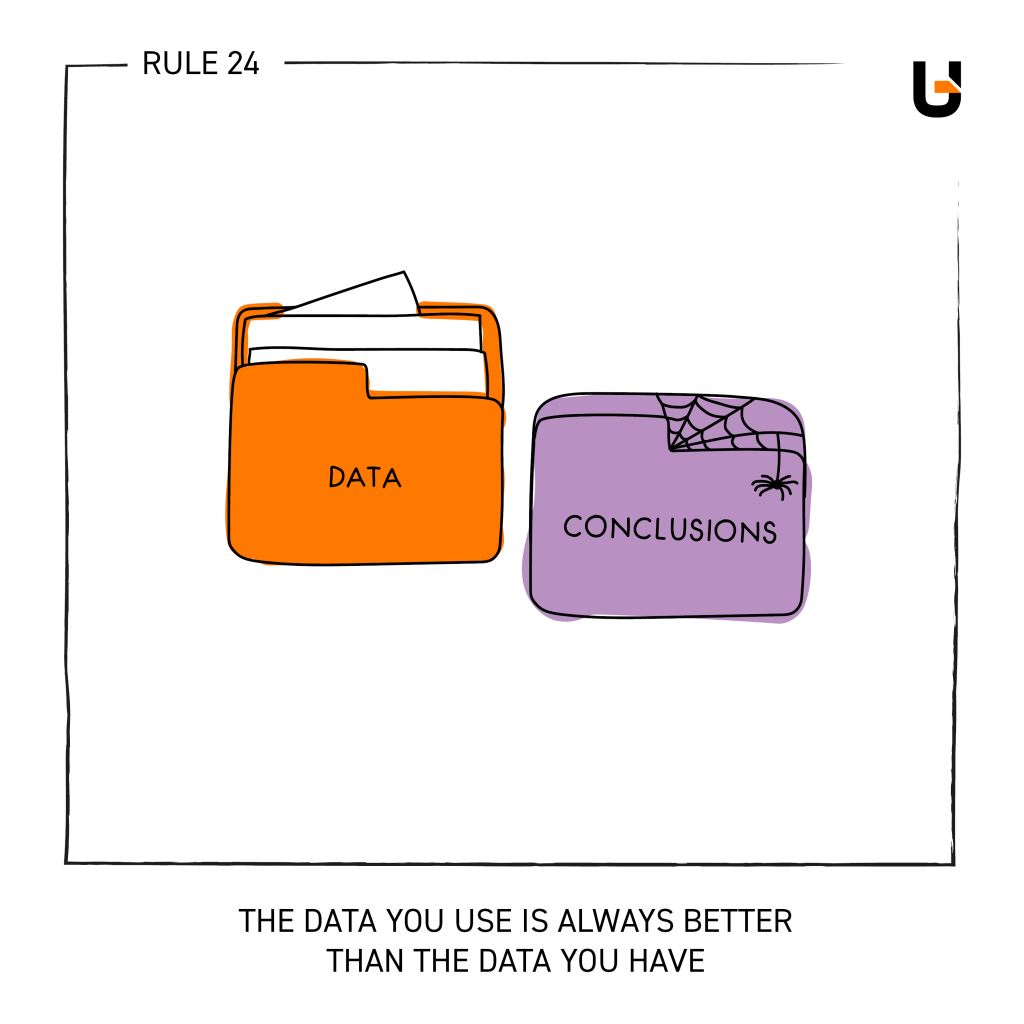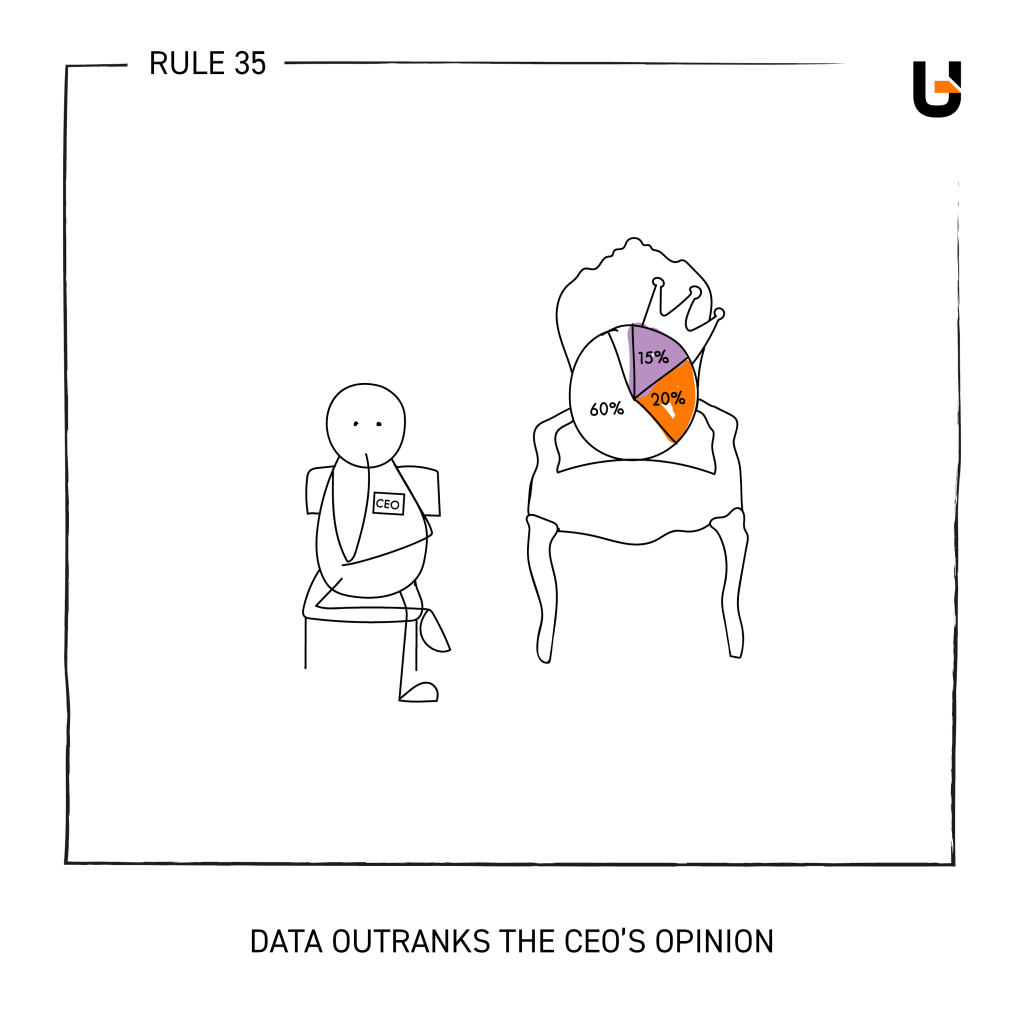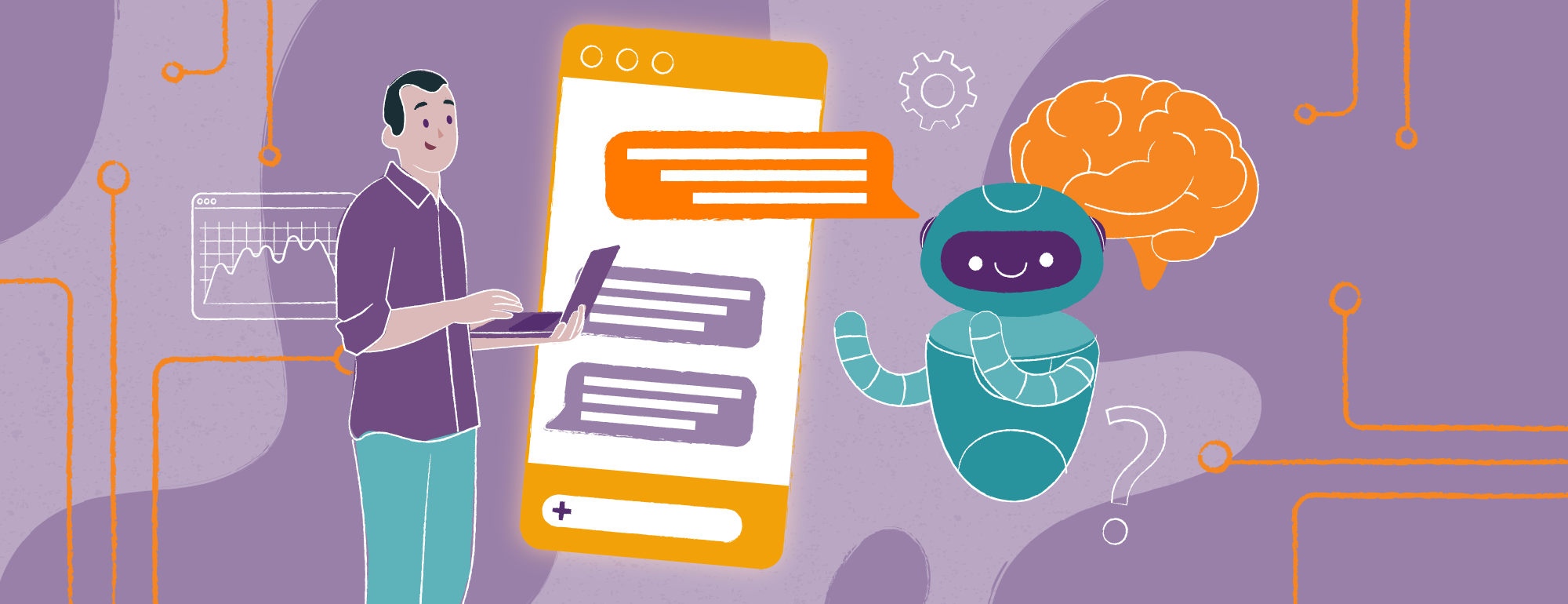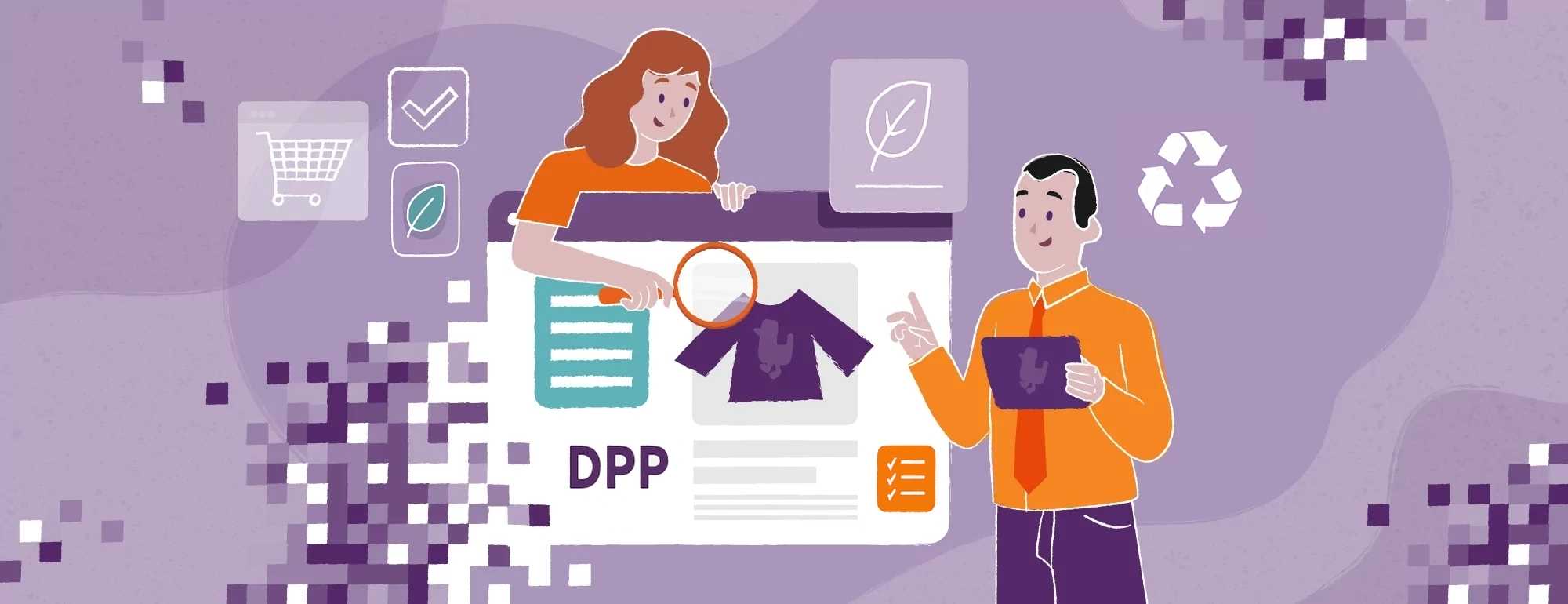How Do Chatbots Work?
For many businesses worldwide, chatbots represent some of most strategic benefits of Artificial Intelligence (AI).
Whether you want to use them for lead generation, customer support or even acting as a virtual personal assistant, chatbots have a lot to offer. They can become the face of your company, acting as a polylingual, 24/7 customer service representative for most needs.
So… what is a chatbot and how does it work? Let’s find out.
What Are AI Chatbots?
When it comes to the main types of chatbots (for there are many, and that’s a topic for another day) we can separate AI chatbots from non-AI chatbots.
This is an important distinction, because older chatbots were rules-based. In other words, they were programmed to provide preset answers to the most common queries. These older chatbots were not ‘smart’ – they typically sent prewritten responses and/or following logic trees. If you’ve been on an automated phone service that demands you shout specific words well… you know that these older models rarely provided ideal customer experiences 😉

So let’s focus on modern AI chatbots. In this digital age, you can find examples of such chatbots all over, ranging from Amazon’s Alexa and Google Assistant to chatbots integrated into common messaging applications like Facebook messenger, e-commerce websites, customer support platforms and more.
How AI Chatbots Work
Modern artificial intelligence chatbots are a combination of AI, Natural Language Processing (NLP) and Machine Learning algorithms.
When a user interacts with an AI chatbot, the process looks something like this:
- First, the user asks a question.
- The chatbot then does its best to understand the user’s query through Natural Language Processing. With NLP, it analyzes the words and phrases used to best determine the user intent.
- With an understanding of the query, the chatbot works to find an appropriate answer in its databases. This includes both structured formats (i.e, specific pricing on a product) to unstructured data (such as process descriptions or other knowledge bases).
- This response is sent back to the user – where rule-based chatbots would send a preprogrammed response, AI chatbots use NLP to better match human language. This can be a direct respond to customer queries, or a request for more information.
- The user then responds to the answer – either they are happy with the relevant information, can ask again, or can ask another question entirely.
- The above process loops until the user ends the conversation.
For a rule-based chatbot, the process would end here. however, AI chatbots use machine learning to improve their results, in addition to remembering the context and results of previous conversations. This can come in the form of direct user feedback (i.e, asking the user to rate the responses and helpfulness of their virtual assistants) and key performance data.
Hybrid chatbots – utilizing both rule-based systems and artificial intelligence – also exist, but for now let’s focus on the more conversational AI aspects. This is where most of the new strategic advantages can be found.
However, such a process also needs to be supervised, as AI chatbots can simply roam free. Human monitoring ensures the results are in line with the company’s goals and that the users alone cannot ‘teach’ the AI incorrect results or inaccurate information.
How Chatbots Work: An Example Process
To put the above in perspective, let’s go through an imaginary scenario. We’ll use a fashion company as an example, as there’s ample room for artificial intelligence chatbots to aid shoppers and solve queries.
- The user asks the store’s virtual assistant – an AI chatbot – for help. They send the message “Hi, I’m looking for a summer dress. Can you help me find one?”
- Using natural language processing, the chatbot not only recognizes “summer dress” as a term, but understands the semantics related to it. Whilst a rules-based chatbot would look for a directly matching keyword in a database, a properly trained AI chatbot understands that the query relates to specific items for warm days and can response more appropriately.
- Because the term “summer dress” is still broad, the chatbot responds with “Sure! We have a great selection of summer dresses. Are you looking for a specific style, color or size?”. This response is based on the available data.
- The user responds “I’m interested in something floral, in a size medium”.
- With NLP, the AI chatbot understands “floral” as a style of dress, and “medium” as the size preference. It uses this to refine its search – now it specifically looks for floral dresses in a size medium.
What happens next can then depend entirely on how the business wants to run its virtual assistants. You can employ chatbots like this in a number of ways:
- Maybe the chatbot picks the top 3 dresses, based on the user’s input and the store’s own sales records.
- Perhaps the chatbot asks more questions, such as a favorite color, based on the available dresses in its refined search.
- It may direct the user to product pages, or perhaps show pictures from the product database and ask the user for input.
Because we’re using AI chatbots, the process doesn’t end here. Based on prior interactions with this particular customer – including both prior conversations and their purchase history – as well as wider data from all previous customer communication, it can learn to refine its options.
Overtime, it might learn that its best to make specific recommendations with certain forms of user intent while, at others, its better to show a wider range of options.
Core Elements of Artificial Intelligence Chatbots
In addition to understanding how chatbots work, it also helps to understand the key elements that empower them. After all, AI technology represents a growing range of subcategories and solutions, many of which are combined in chatbots.
Natural Language Processing
Natural Language Processing (NLP) is what helps chatbots interpret human language. After all, natural human language does not revolve around user queries – we use a lot of complex words, often with multiple meanings. While a human is able to understand the user’s intent from context, artificial intelligence needs special processes to this.
A key reason behind the success of chatbot AIs in recent years, however, is down to the development of Large Language Models (LLM). A specific subset of NLP, Large Language Models provide an enhanced understand of conversations, contextual awareness and the ability to recognize intent in human-like text. As the name suggests, this is because they are trained on wide, extensive data sets, to better understand the context and nuances of human communication.
Both NLP and LLM help to not only interpret human language, but also simulate it back. In fact, these two functions are split into two subcategories:
- Natural Language Understanding (NLU) is used to take human language and convert it into structured data that AI chatbots can understand. Sentiment analysis is also used to determine the emotions expressed – for example, to understand the difference between “okay”, “good” and “amazing” – and categorize them based on how positive, negative or neutral they might be.
- Natural Language Generation (NLG) is the opposite, taking structured data and translating it back into human language.
Chatbots provide both of these, in order to maintain a human-esque conversation flow.
Machine Learning
Thanks to machine learning algorithms, chatbots can directly learn from experiences. Using artificial neural networks, chatbots can assess all interactions, find common threads and learn what worked, and what didn’t. Then, it can automatically refine its behavior in subsequent interactions.
Through this, AI chatbots are constantly learning, as opposed to simply following predefined rules with no ability to improve results.

Of course, for this to work, the chatbot also needs a defined goal. To know if it helped a user, it needs some sort of objective. This could be directly tied to feedback from the user, interpreting their needs from the chat or via direct feedback, or an objective implemented directly by the company.
User Feedback Loops
Sometimes, however, the best feedback can come from a real person. After all, aren’t just designed to perform tasks, but meet human needs, so relying solely on algorithms isn’t always beneficial. This is why you’ll often see a chatbot ask you to rate your experience. It wants to know if it met the user’s intent.
And in more extreme cases, such as when implementing vast, enterprise-level chatbots, internal training programs can often involve human interaction to best test and prepare. In these cases, human agents can represent potential clients, helping to best shape the chatbots to deliver the correct response before being deployed.
Either way, keeping some human input in the feedback loop will help ensure chatbots don’t stray from their intended objectives.
Anything else?
An advanced AI chatbot works by combining all of the above technologies, but it’s by far an all-inclusive list. For example, voice-based chatbots need not only effective natural language processing, but also automatic speech recognition (to support NLU) and text-to-speech (to support NLG) capabilities.
How Do Chatbots Work? Databases!
Let’s not get distracted by machine learning and natural language processing – even AI based chatbots need a knowledge base for their potential answers.

If you’ve used ChatGPT at all, you’re likely familiar with this: while it acts like it knows everything, under the hood it’s still generated answers from a base of structured data (albeit a vast one 😉 )
So if you’re looking to implement AI powered chatbots and assistants, then you need to ensure all your relevant information is digitalized so the chatbot can read it. AI powered chatbots can do wonders and, when seamlessly integrated across your website, mobile application, social media and more, can do amazing things. AI chatbots go above and beyond simple customer support, helping to make all your digital channels more useful, and even increase sales, revenue and productivity.
But… they still need relevant and high quality data!







